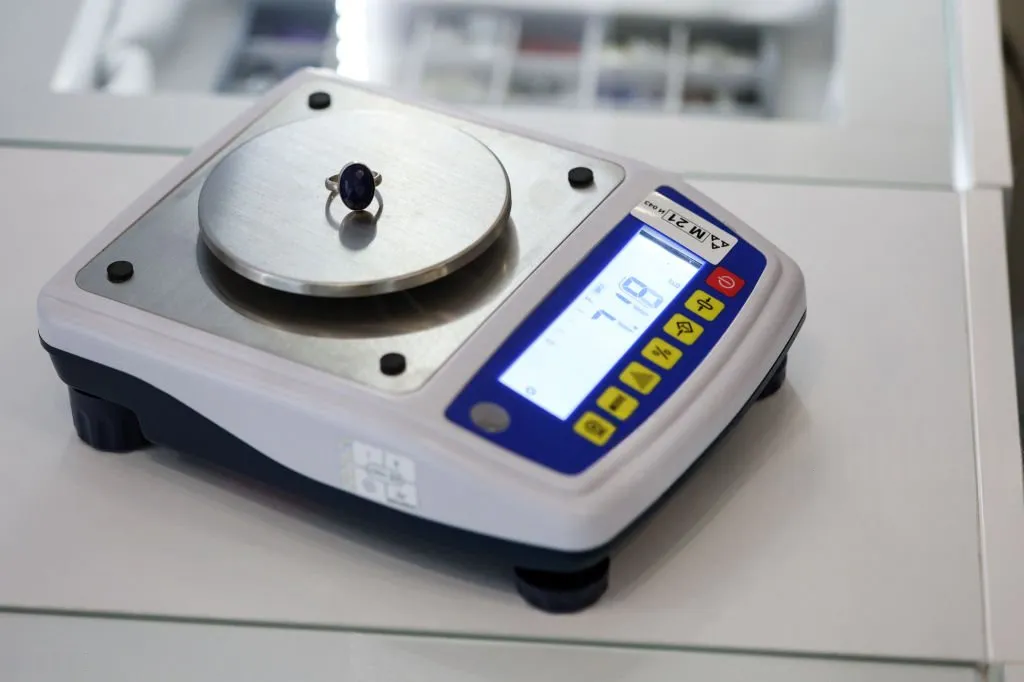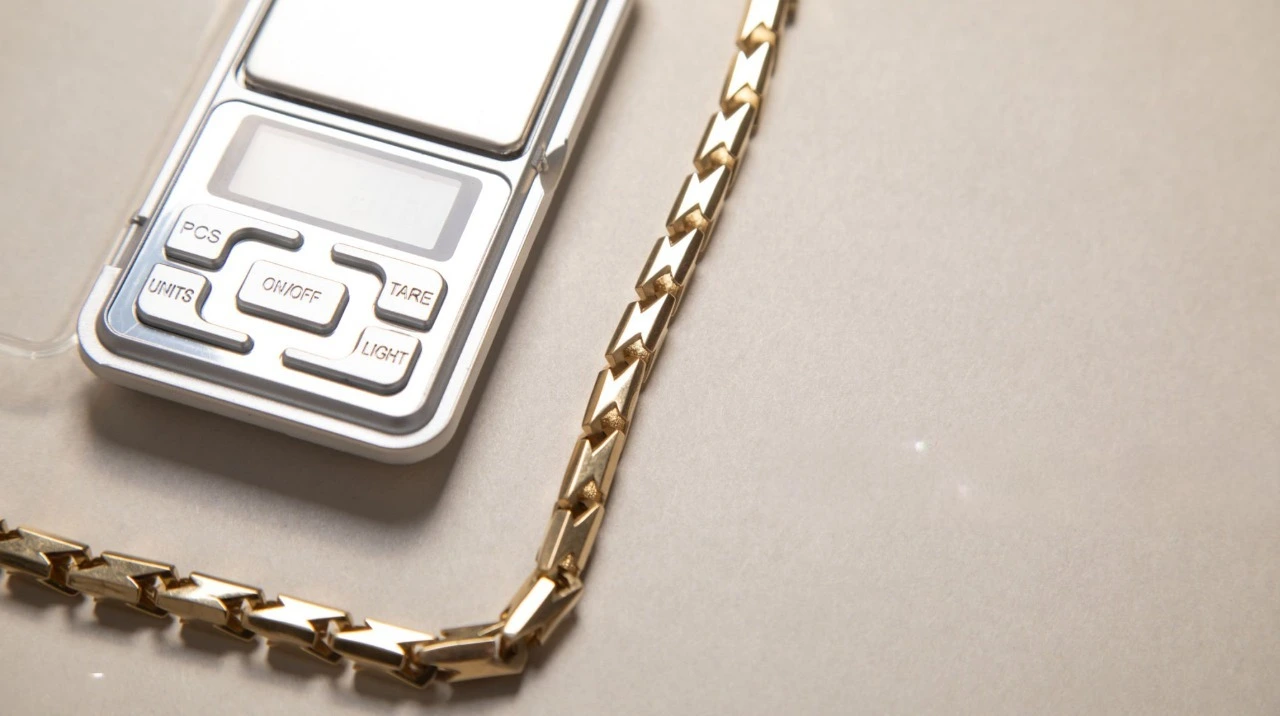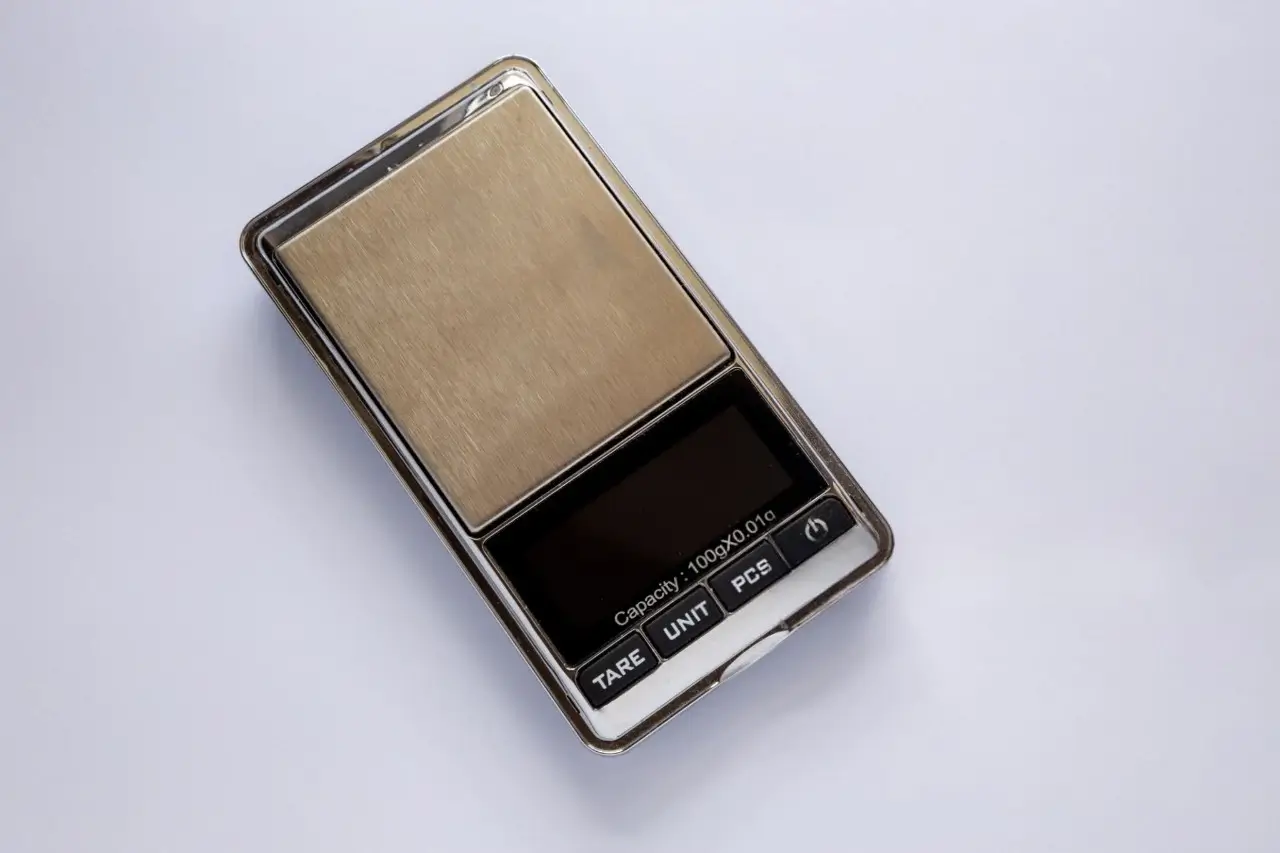Whether you’re buying, selling, appraising, collecting, or making jewelry, you’re going to be dealing with different ways of measuring weight. And understanding these measurements isn’t just about the numbers themselves; it’s super important for figuring out value, making sure everything’s accurate, and making good decisions. This guide will break down the three main units you’ll see on jewelry scales: grams, carats, and ounces. I’ll explain them all so you can weigh and understand your precious items with confidence.

Why Knowing Weight Units Matters in Jewelry
In the jewelry world, getting the weight right is crucial. It affects how things are priced, how the quality of gemstones is judged, and making sure transactions are fair. Using the right unit on your jewelry scale is the first step to being accurate. So, I’ll explain each unit – what it means, how it’s used, and why it’s important for jewelry.
Grams (g): The Base Unit for Precious Metals
What is a Gram?
A gram (g) is a basic unit of mass in the metric system. It’s a standard unit used worldwide because it’s precise and easy to use. When it comes to jewelry, grams are mainly used to weigh precious metals like gold, silver, and platinum.
Weighing Gold, Silver, and Platinum
If you’re working with gold chains, silver earrings, platinum rings, or any jewelry made mostly of precious metals, the weight is usually measured and talked about in grams. The price of these metals often depends directly on their weight in grams, so accurate measurement is really important for both buyers and sellers. That’s why you need high-precision jewelry scales that can measure in grams.
Grams in Real Life
Think about it: A delicate pair of silver stud earrings might weigh around 1-2 grams. A heavy gold chain could weigh anywhere from 10 to 50 grams, or even more. Platinum wedding bands are also commonly weighed in grams.
Grams and Milligrams (mg)
For really tiny pieces or small amounts of precious metals, you might use milligrams (mg), which are one-thousandth of a gram (1 g = 1000 mg). You’ll need specialized jewelry scales for this kind of super-fine accuracy, which is often used in labs or for very detailed work.
Carats (ct): The Gemstone Weight Standard
What’s a Carat?
The carat (ct) is the standard unit of weight specifically for gemstones, especially diamonds. One carat is exactly 200 milligrams (0.2 grams). This standardized unit makes sure that these valuable stones are measured consistently and accurately everywhere.
Where Did Carats Come From?
It’s interesting – the word “carat” comes from the carob seed. Way back in ancient times, people used carob seeds to weigh precious stones because the seeds were all about the same weight. This history shows why it’s so important to have a consistent unit for trading gemstones.
Carats and Gemstones
Diamonds, rubies, sapphires, emeralds, and other precious and semi-precious gemstones are always weighed in carats. A gemstone’s carat weight is a big factor in how valuable it is, along with other things like cut, color, and clarity (the “4 Cs” for diamonds). So, gemologists, jewelers, and gemstone traders have to have accurate jewelry scales that can measure carats.
Carat Weight and Value
Generally, bigger carat gemstones are rarer and more valuable per carat than smaller ones of similar quality. But it’s not a simple straight line; a 2-carat diamond of a certain quality will be worth way more per carat than a 1-carat diamond of the same quality.
Carat vs. Karat
Now, it’s really important not to mix up “carat” (ct), which is for gemstone weight, and “karat” (K), which is for gold purity. Karat tells you how much pure gold is in an alloy, with 24K being pure gold. They’re completely different things.
Ounces (oz): Imperial Units and Troy Ounces
What’s an Ounce?
The ounce (oz) is a unit of weight in the imperial system. But in jewelry, especially with precious metals, there are two types of ounces: the avoirdupois ounce and the troy ounce, and they’re not the same.
Avoirdupois vs. Troy Ounce
The avoirdupois ounce is the regular ounce we use every day (like for food). One avoirdupois ounce is about 28.35 grams. The troy ounce (ozt) is a different ounce specifically for weighing precious metals like gold, silver, and platinum in the bullion and trading markets. One troy ounce is about 31.1035 grams, so it’s heavier than the avoirdupois ounce.
Why Troy Ounces for Precious Metals?
Troy ounces are used for precious metals because of history and because it provides a standard unit for big trades and valuing metals. When you see the price of gold or silver quoted per ounce, it’s almost always the troy ounce. While some jewelry scales might measure in ounces, it’s crucial to make sure they’re set to troy ounces for precious metal deals.
Converting Troy Ounces to Grams
If you’re more comfortable with grams, here’s the conversion: 1 troy ounce (ozt) ≈ 31.1035 grams (g)
When Do You See Ounces in Jewelry?
You’ll usually come across troy ounces when dealing with larger amounts of precious metals, like bullion bars or in wholesale jewelry transactions. For regular jewelry scales, grams and carats are more common.
Quick Conversion Table
Here’s a handy table to quickly compare grams, carats, and troy ounces:
| From | To | Conversion Factor |
| 1 Gram (g) | Milligrams (mg) | 1000 |
| 1 Gram (g) | Carats (ct) | 5 |
| 1 Gram (g) | Troy Ounces (ozt) | ≈ 0.03215 |
| 1 Milligram (mg) | Grams (g) | 0.001 |
| 1 Carat (ct) | Grams (g) | 0.2 |
| 1 Carat (ct) | Milligrams (mg) | 200 |
| 1 Carat (ct) | Troy Ounces (ozt) | ≈ 0.00643 |
| 1 Troy Ounce (ozt) | Grams (g) | ≈ 31.1035 |
| 1 Troy Ounce (ozt) | Carats (ct) | ≈ 155.5 |
Note: These are approximate conversions. For really precise calculations, use a special conversion tool or formula. And remember, avoirdupois ounces aren’t really used for jewelry, but just so you know: 1 avoirdupois ounce ≈ 28.35 grams.
Conclusion: Choosing the Right Unit
If you’re involved with jewelry, it’s essential to understand the differences between grams, carats, and ounces. Grams (g) are the usual way to weigh precious metals like gold, silver, and platinum in most stores and workshops. Carats (ct) are only for measuring gemstones and are key to their value. Ounces (oz), specifically troy ounces (ozt), are mainly for the wholesale and bullion markets for precious metals. When you’re using a jewelry scale, always double-check that you’ve chosen the right unit for what you’re weighing, so you get accurate and reliable results. This knowledge will help you buy, sell, appraise, collect, and make jewelry with more confidence and accuracy.
Explore the range of high-quality jewelry scales available at Stuccler to find the perfect tool for your needs.



